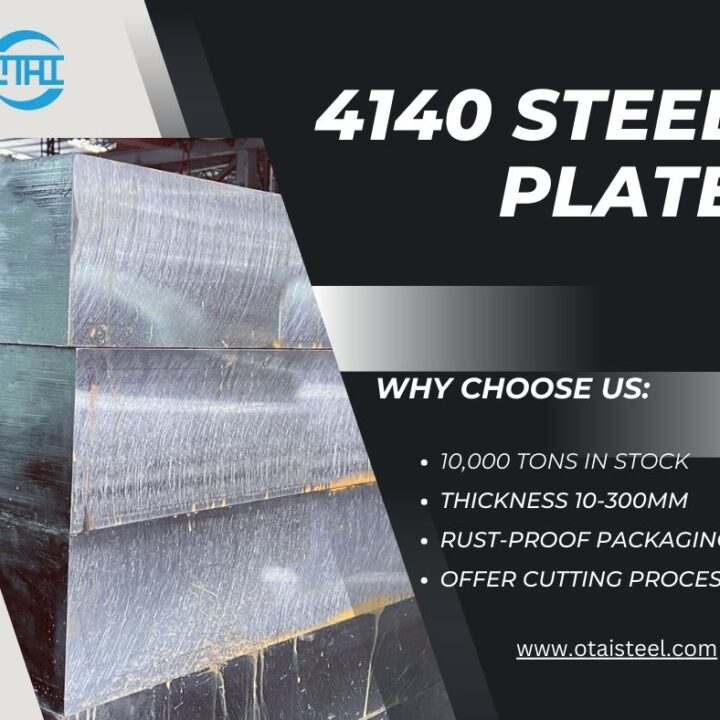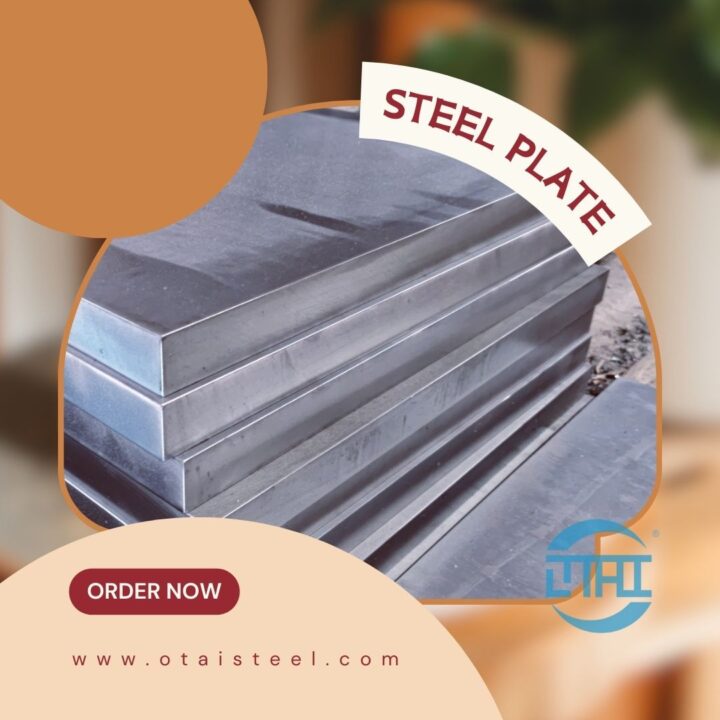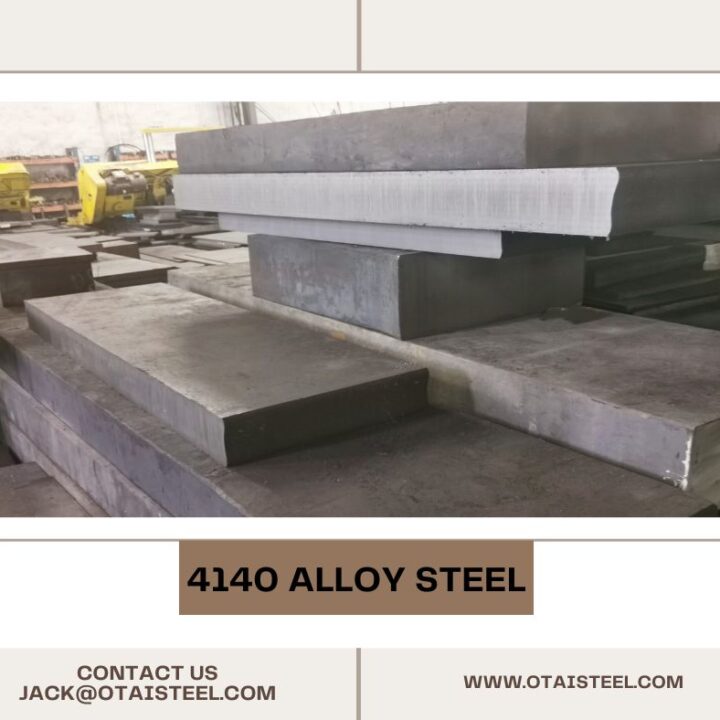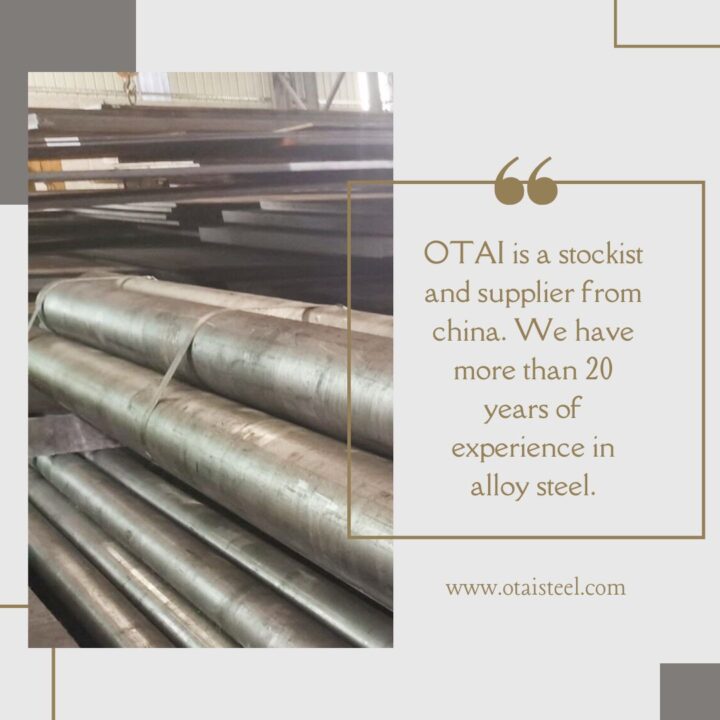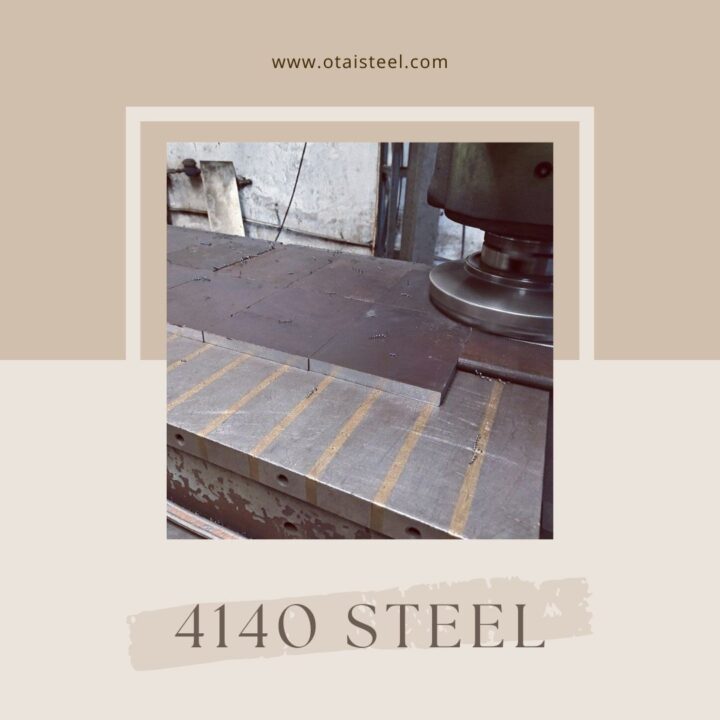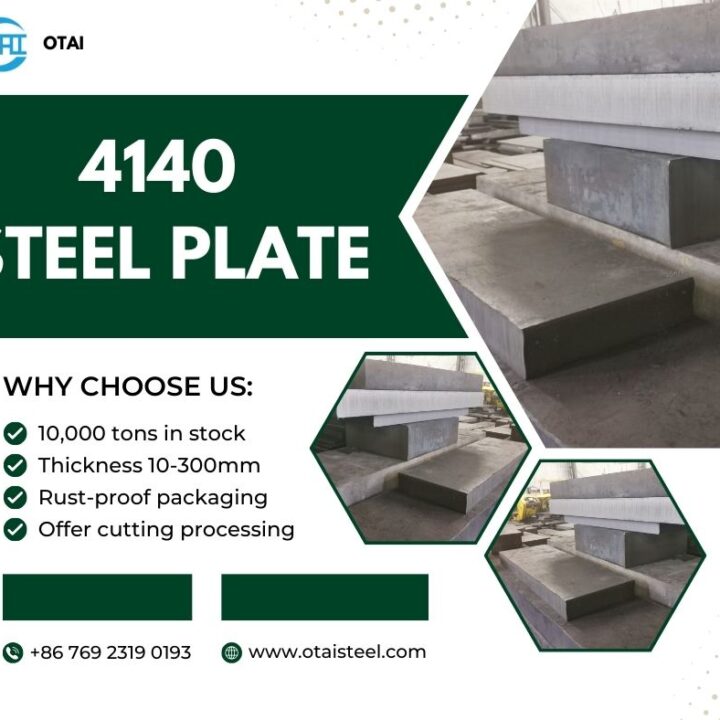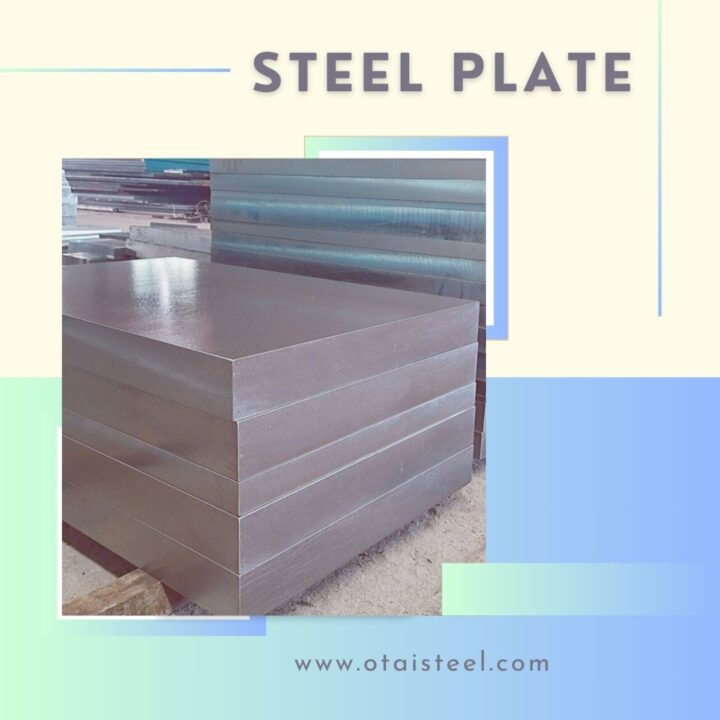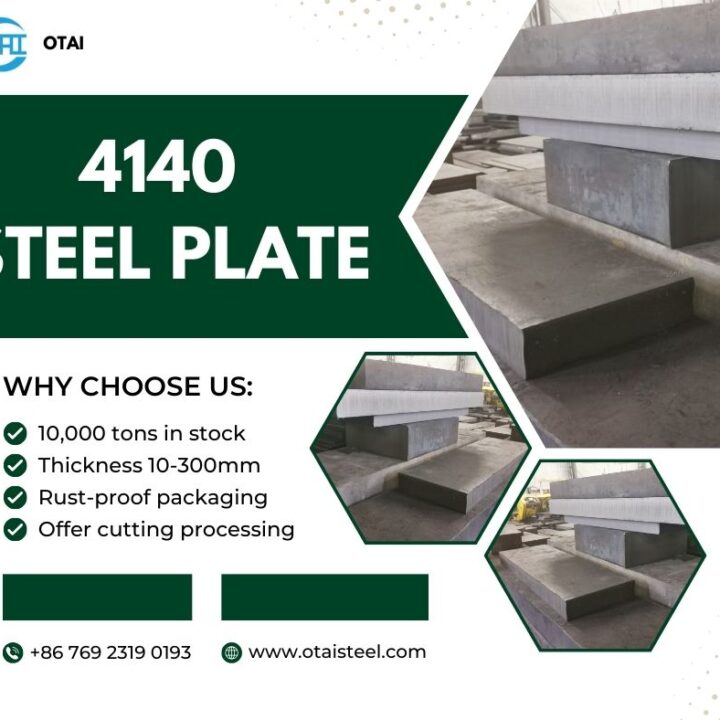Corrosion is a natural process that can significantly deteriorate the properties and performance of metals over time. 4140 steel, also known as AISI 4140 or SAE 4140, is a low-alloy steel that contains chromium, molybdenum, and manganese. While it possesses excellent strength and toughness, its corrosion resistance can be improved through various surface finishing techniques.
Different Surface Finishing Techniques on 4140 steel
- Passivation
Passivation is a chemical process that removes free iron and contaminants from the surface of 4140 steel. It forms a thin, protective oxide layer that enhances corrosion resistance.
- Electropolishing
Electropolishing involves the immersion of 4140 steel in an electrolytic bath. It selectively removes surface imperfections, leaving a smooth and passive layer that improves corrosion resistance.
- Electroplating
Electroplating involves the deposition of a metal coating, such as chromium or nickel, onto the surface of 4140 steel. This protective layer acts as a barrier against corrosive elements.
- Nitriding
Nitriding is a surface hardening process that introduces nitrogen into the surface of 4140 steel. It forms a hard nitride layer, which increases hardness and corrosion resistance.
- Powder Coating
Powder coating involves the electrostatic application of a dry powder onto the surface of 4140 steel. Upon curing, it forms a durable, protective coating that resists corrosion and provides aesthetic appeal.
- Shot Peening
Shot peening subjects the surface of 4140 steel to high-velocity impacts of small spherical media. It induces compressive stresses, improving fatigue strength and corrosion resistance.
- Anodizing
Anodizing is an electrochemical process that creates a thick oxide layer on the surface of 4140 steel. It enhances corrosion resistance and can provide decorative finishes.
- Black Oxide Coating
Black oxide coating is a conversion coating that forms a black magnetite layer on the surface of 4140 steel. It improves corrosion resistance and provides a decorative black finish.
- Thermal Spray Coating
Thermal spray coating involves the deposition of melted or partially melted materials onto the surface of 4140 steel. It forms a protective coating that enhances corrosion resistance.
- Laser Surface Hardening
Laser surface hardening involves the use of a high-power laser beam to locally heat the surface of 4140 steel. It creates a hardened layer, improving both hardness and corrosion resistance.
- Case Hardening
Case hardening is a heat treatment process that introduces a hard outer layer to the surface of 4140 steel. It enhances wear resistance and provides improved corrosion resistance.
Experimental Studies on Corrosion Resistance
Several studies have investigated the corrosion resistance of 4140 steel subjected to different surface finishing techniques. Here are four notable studies that shed light on the effectiveness of these techniques:
- Study 1: Passivation vs. Electropolishing
A comparative study examined the corrosion resistance of passivated and electropolished 4140 steel samples. The results revealed that electropolishing produced a smoother surface with superior corrosion resistance compared to passivation alone.
- Study 2: Electroplating vs. Anodizing
In this study, the corrosion resistance of 4140 steel samples with electroplated and anodized coatings was evaluated. The findings demonstrated that anodizing offered better corrosion protection than electroplating, primarily due to the thicker oxide layer formed.
- Study 3: Nitriding vs. Case Hardening
Researchers compared the corrosion resistance of nitrided and case-hardened 4140 steel. The study revealed that nitriding provided a higher level of corrosion resistance due to the formation of a hard nitride layer.
- Study 4: Powder Coating vs. Black Oxide Coating
A study compared the corrosion resistance of 4140 steel samples with powder coating and black oxide coating. The results showed that both techniques significantly improved corrosion resistance, with powder coating offering slightly better results.
Factors Affecting Corrosion Resistance
Several factors can influence the corrosion resistance of 4140 steel, irrespective of the surface finishing technique applied. These factors should be considered to optimize the corrosion resistance:
- Surface Roughness
Surface roughness affects the contact area and the ability of corrosive agents to attack the metal surface. Smoother surfaces generally exhibit better corrosion resistance.
- Coating Thickness
The thickness of applied coatings can significantly impact corrosion resistance. Thicker coatings provide greater protection against corrosive elements.
- Adhesion Quality
The adhesion quality between the coating and the underlying steel surface is crucial. A strong bond ensures long-term corrosion protection.
- Environmental Conditions
The exposure environment, including temperature, humidity, and presence of chemicals, influences the corrosion behavior of 4140 steel.
- Presence of Impurities
Impurities, such as sulfur and phosphorus, can accelerate corrosion. Proper purification of the steel is essential to enhance corrosion resistance.
- Material Compatibility
Compatibility between the surface finishing technique and 4140 steel is crucial to ensure optimal adhesion and corrosion resistance.
- pH Levels
Acidic or alkaline environments can impact the corrosion resistance of 4140 steel. Proper pH control is necessary to mitigate corrosion risks.
Comparison and Analysis of Finishing Techniques
After reviewing the various surface finishing techniques and experimental studies, it is clear that each technique offers unique advantages and disadvantages concerning the corrosion resistance of 4140 steel. The choice of technique should be based on factors such as application requirements, budget, environmental conditions, and the desired level of corrosion protection.
By considering factors like surface roughness, coating thickness, and environmental conditions, engineers and manufacturers can make informed decisions to protect their 4140 steel components from corrosion, ensuring optimal performance and longevity. (different surface on 4140 steel)
